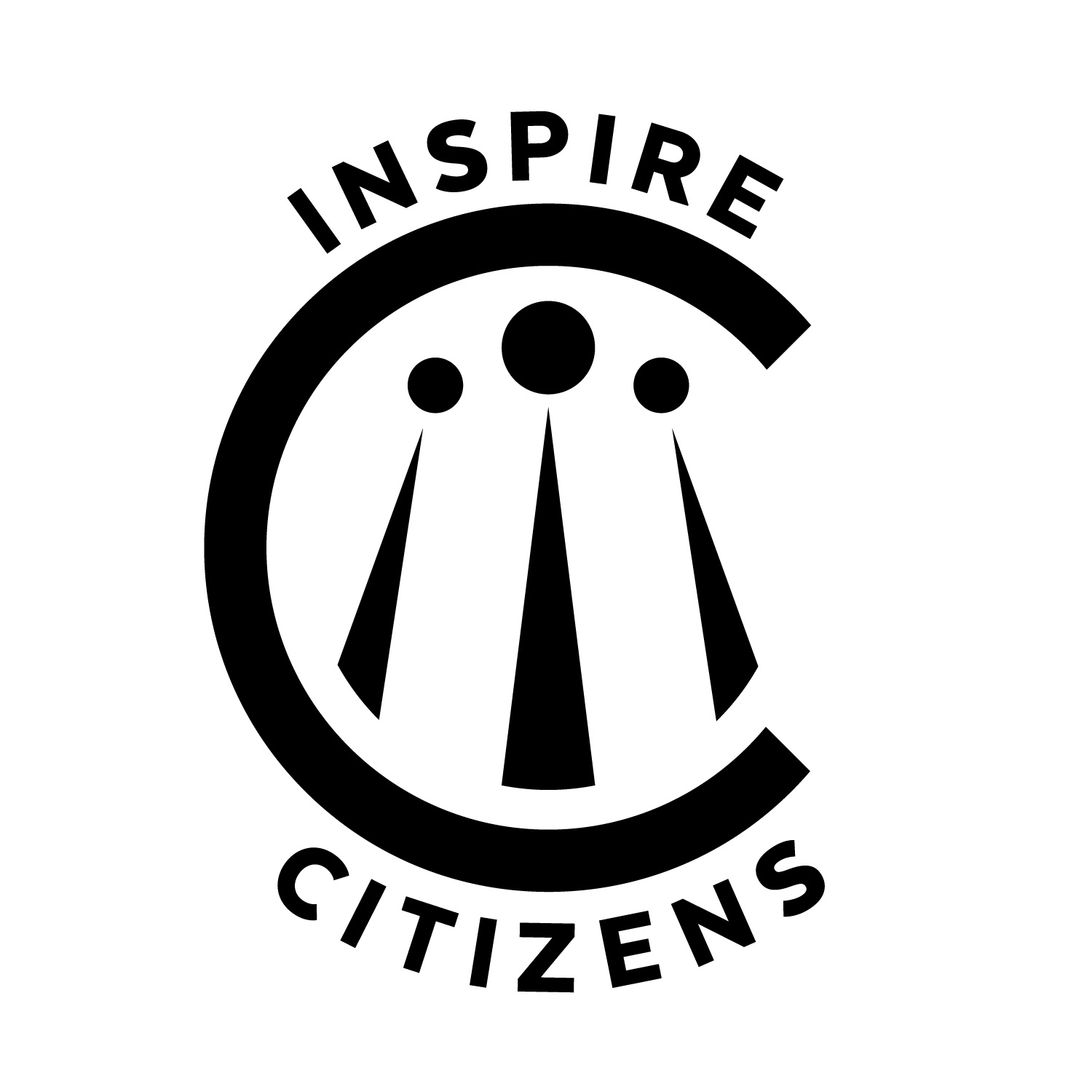Compelling Inquiry
How can I create a statement of inquiry or driving question(s)?
One-Page Teacher Planning Kit
Bloom’s Taxonomy is one of the most recognized and used educational tools that attempts to move students beyond simple memorization. Nearly every trained educator has some knowledge of Bloom’s Taxonomy and the hierarchy of different types of thinking—from recall to analysis or synthesis. The first taxonomy was published in the 1950s. Many educators also know that there is a revised Bloom’s Taxonomy, created by a team led by Lorin Anderson, who worked closely with Bloom on the original version.
Question Stems from Blooms (CEBM)
Creating Thought-Provoking Questions
This routine provides students with the opportunity to practice developing good questions that provoke thinking and inquiry into a topic. It also helps students brainstorm lots of different kinds of questions about a topic. The purpose of asking deep and interesting questions is to get at the complexity and depth of a topic. The purpose of brainstorming varied questions about a topic is to get at the breadth and multi-dimensionality of a topic.
Question Starts: Project Zero
Developing a Compelling Inquiry Question
It generates discussion and encourages varied positions.
It resists vague or undefined words.
It demands an answer that is not just “Yes” or “No.” It requires explanation and analysis.
It demands a critical or careful reading of a variety of text(s) and sources.
It generally needs to resist broad topics that are too big to tackle in a time-sensitive manner.
It moves beyond opinion, into connecting claim, evidence, and reasoning.
